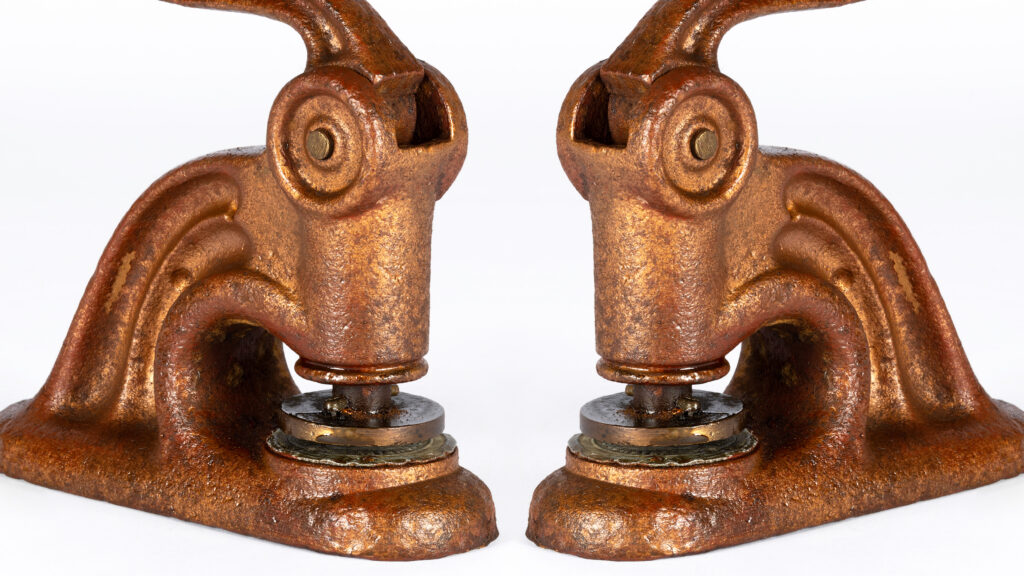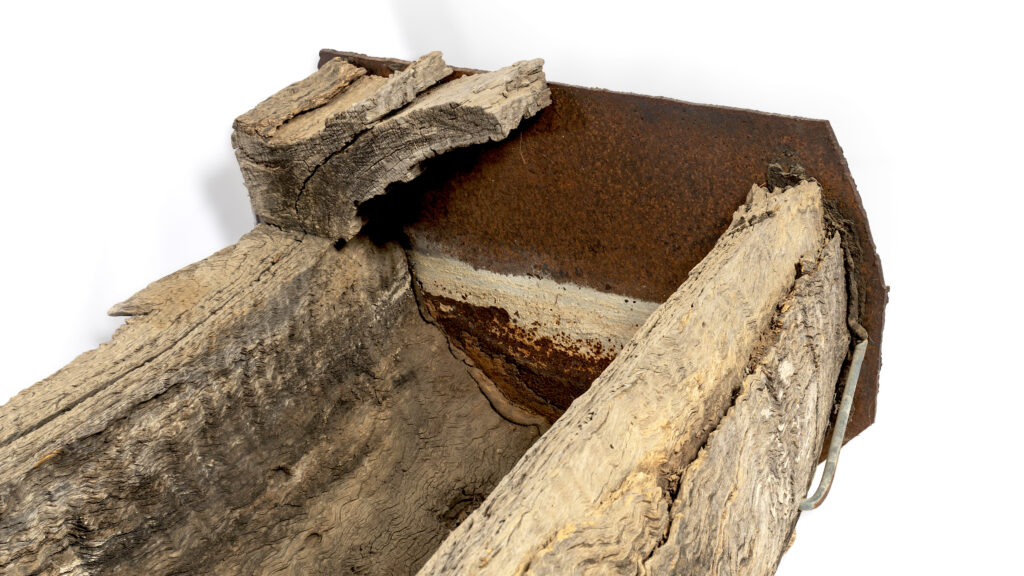
Early settlers on Kamilaroi Country were probably unprepared for the might of the Coolibah tree. One of the hardest woods in the world, felling a Coolibah was the fastest way to blunt an axe. Undeterred, the resolute settlers pushed onwards and outwards, conquering the flood plains and transforming the fields into pasture. A member of […]
Read More…
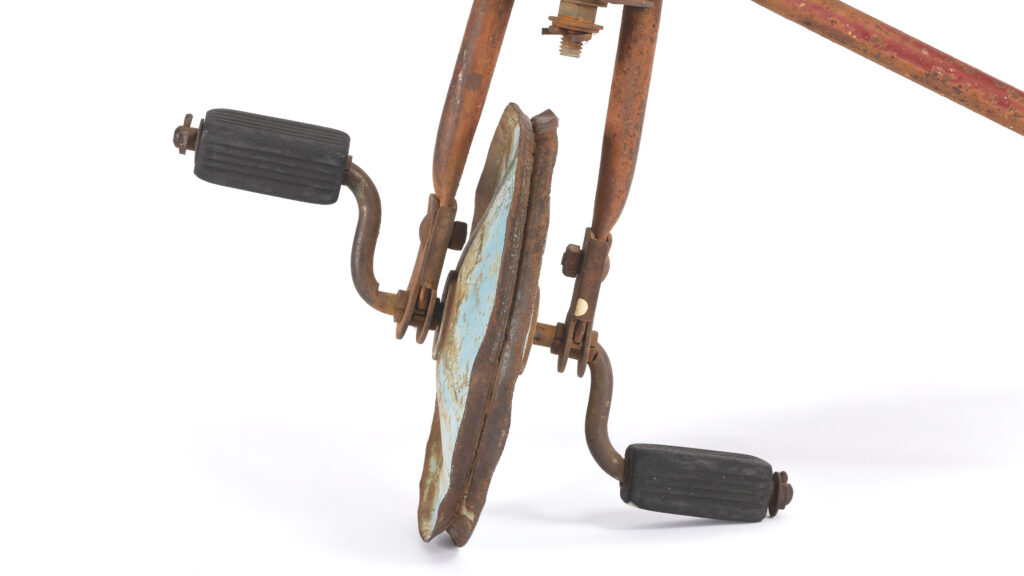
Milton Price was born in Nyngan, NSW, in January 1921. Doctors didn’t expect Milton or his two brothers, George and Stanley—all underweight and two months premature— to see the next day dawn. Miraculously, the triplets survived and Milton had the opportunity to thrive. Milton spent his formative years on the family’s property at Trangie; riding […]
Read More…
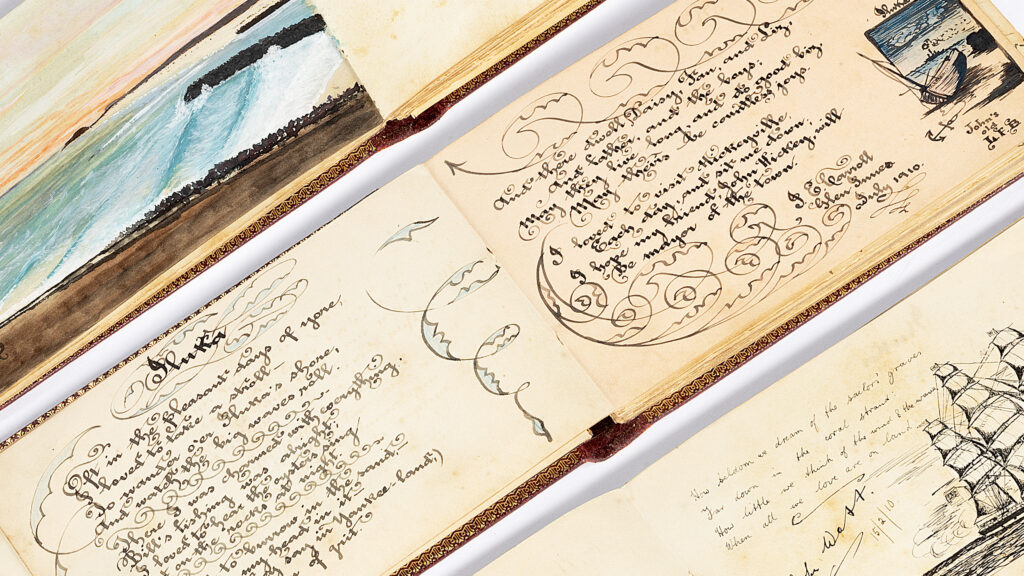
Elizabeth ‘Lizzie’ Hickey (1887–1965) was bound to become a well-known figure in Iluka, a small coastal village in northern New South Wales. Her parents, John and Eliza Hickey, arrived in the early 1880s and established a post office, weaving themselves into the fabric of the seaside community. For their efforts, the Hickey’s post office would […]
Read More…
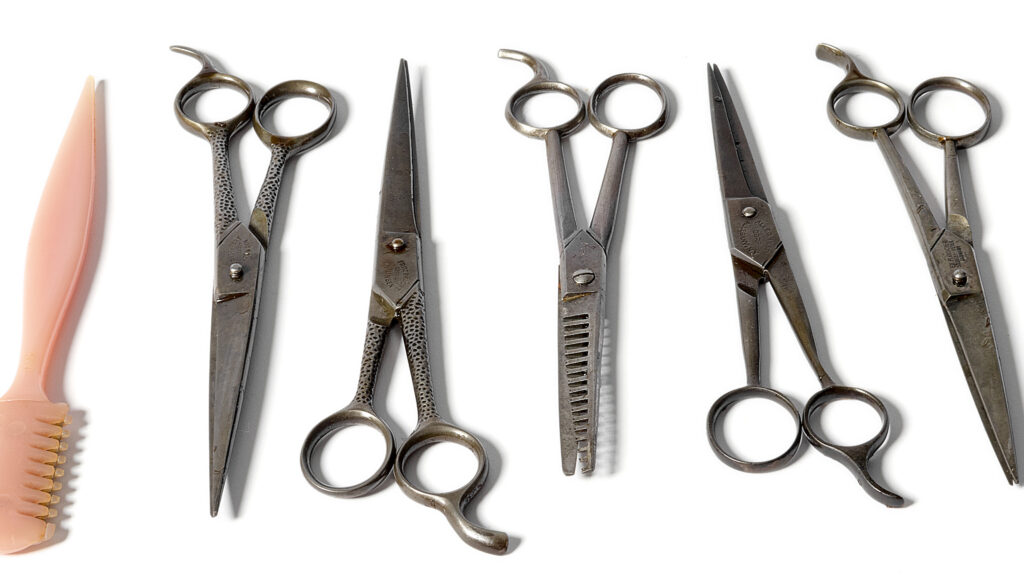
When you picture a barbershop or hairdresser’s today, what comes to mind? The hum of hairdryers, the sizzle of curling irons, the buzz of electric clippers? Now, imagine stepping back eighty years to the 1940s. Electronic appliances like these were nowhere to be found. So, what did a hairdresser’s shop look and sound like then? […]
Read More…
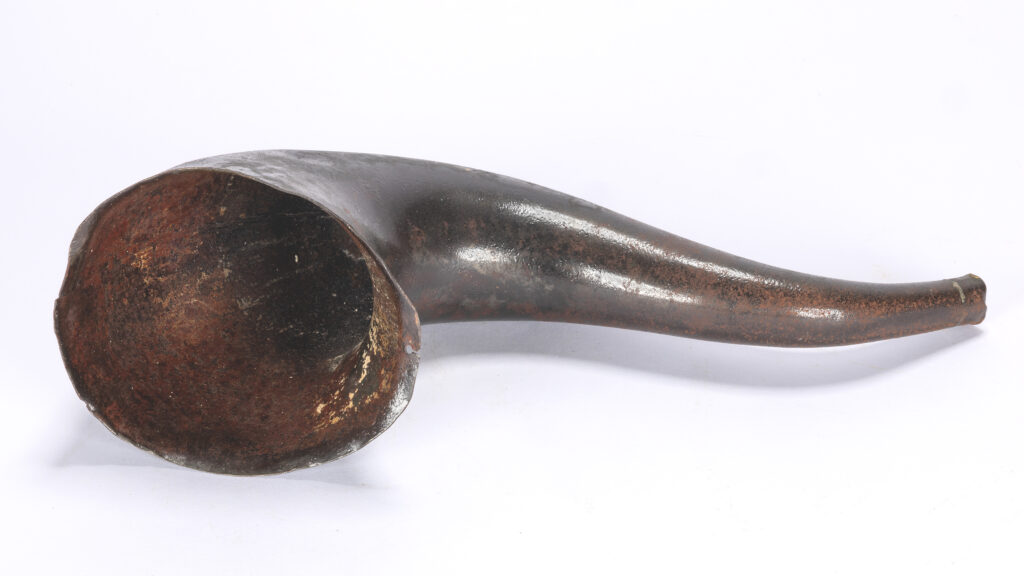
A musical instrument? Some sort of animal horn? Not quite! You might be surprised to learn that this is actually a historical hearing aid. Known as an ‘ear trumpet,’ these devices were used to help people hear better. By holding the narrow end close to the ear, the wider end would collect and funnel sound […]
Read More…

With the smell of buttery popcorn in the air and cold Passiona fizzing in eager hands, everyone got settled into their seats. Rows of sturdy, wooden folding chairs filled the Iluka Memorial Hall as Iluka’s own picture show man, Frank Clancy, prepared to project the latest film on the big screen. Born in 1905, Frank […]
Read More…
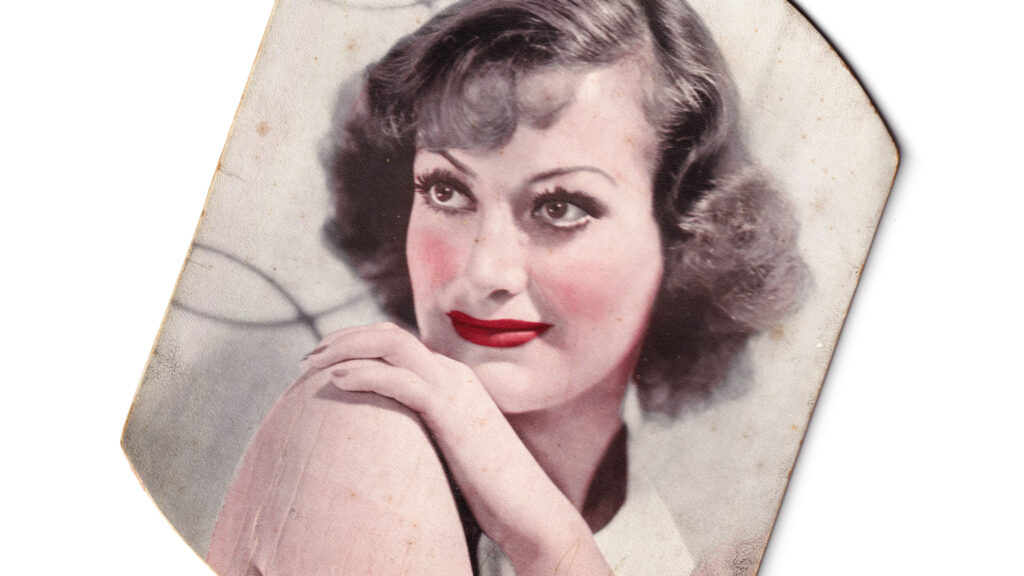
When Dancing Lady screened in Australian cinemas in 1934, promotional fans were distributed featuring a portrait of the lead actress, Joan Crawford. Serving a similar purpose to the imagery on popcorn buckets today, these fans were intended to generate excitement for new releases. This particular fan was produced and distributed by T. J. Dorgan’s North […]
Read More…

When Hebe Prindable took this large oval-shaped basket down from the wall of his shed, to hand to the Iluka Museum, he knew it was worth more than the weight of the fish it once carried. Hebe himslelf used this very basket, along with other members of his family – the Prindables. The basket was […]
Read More…
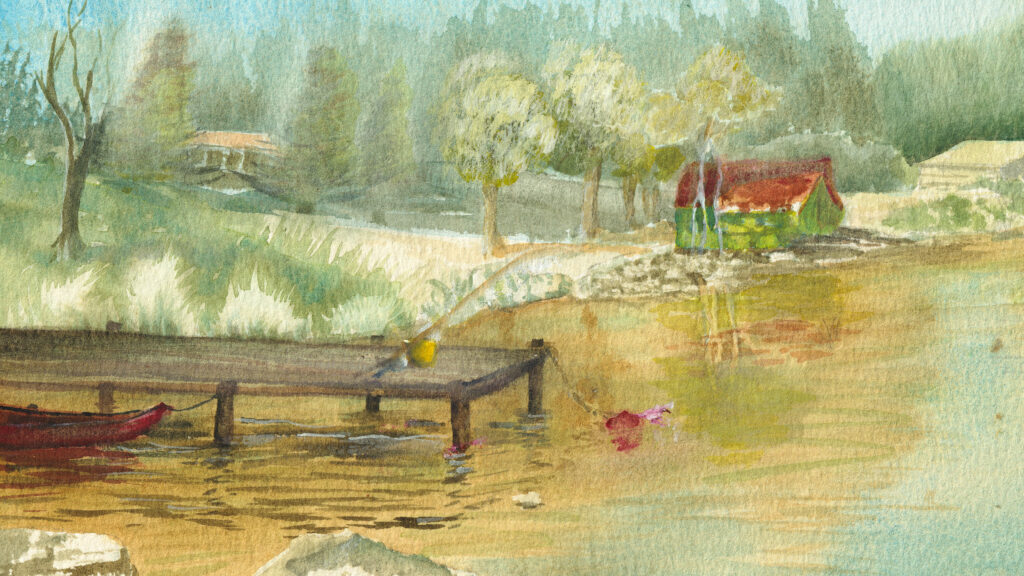
Mary Brown first laid eyes on Iluka in the early 1970s alongside her husband, Barry, and soon settled into the calm rhythm of the coastal village, on Yaegl Country in northern New South Wales. They moved into a weatherboard house at 9 Charles Street where they began a new chapter of their life together. Barry […]
Read More…








